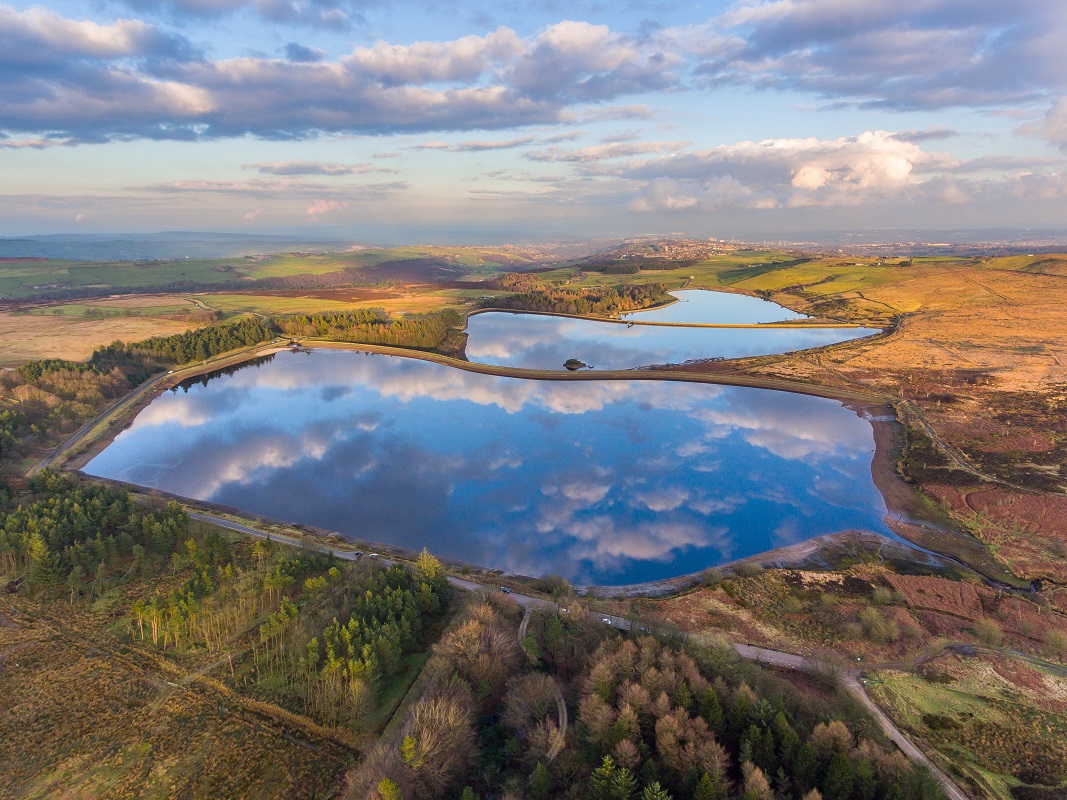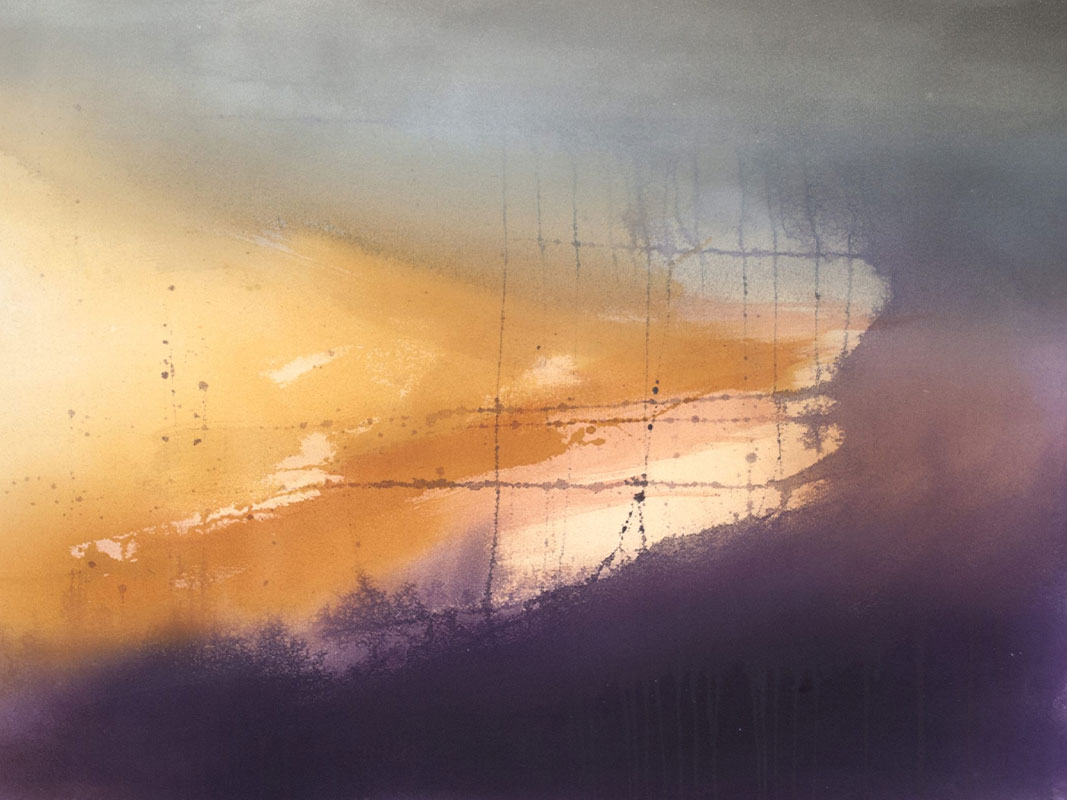HydroSpheres: co-design for landscape decision-making
Landscapes are shaped through a complex web of interactions among decision-makers and stakeholders. Mapping these conflicts and diverse values is central to understanding everyday decision-making in heavily managed hydrological landscapes.
The HydroSpheres network brings academics from hydrology, geomorphology, environmental humanities, literature, performance, and design together with landscape decision-makers to explore the use of interdisciplinary co-design methods to deconstruct the decision-making process itself and develop new models that enhance the ways in which we manage landscapes in the UK. Participants will collectively explore their own preconceptions about landscape decision-making and envision new ways of capturing different understandings of landscape value.
Principal Investigator Jon Bridge introduces the project in this short video
The network will host a series of researcher-stakeholder workshops exploring the distributed nature, changing dynamics, and legacies of decision-making in landscapes marginal hydrological landscapes. Using co-design methods (design fictions, storytelling, scenario planning, performance) the network will seek to establish a transformative agenda for the integration of the human with the quantitative in future landscape decision-making. The themes of these ‘landscape laboratories’ will be:
- Decision-maker perceptions: how can co-design practices help uncover the hidden landscapes of stakeholder relationships with the environment?
- Public understandings: what can co-design and co-creation offer in terms of making landscape decisions more transparent and accessible?
- Capturing landscape value: values, priorities and opinions evolve constantly both as a consequence of and despite the outcomes of decision-making processes. How can these subtle and complex shifts be captured and incorporated into management review, evaluation and forward planning?
- Future decision-making: what strengths, weaknesses, opportunities and challenges have been identified for the contribution of arts-based co-design to future landscape decision-making? What further research needs to be done, and what are the barriers to taking these approaches forward?


Useful links
Project website www.hydrospheres.net
Sheffield Lakeland Landscape Partnership
Link to the project page on the UKRI Gateway to Research https://gtr.ukri.org/projects?ref=AH%2FT006056%2F1
